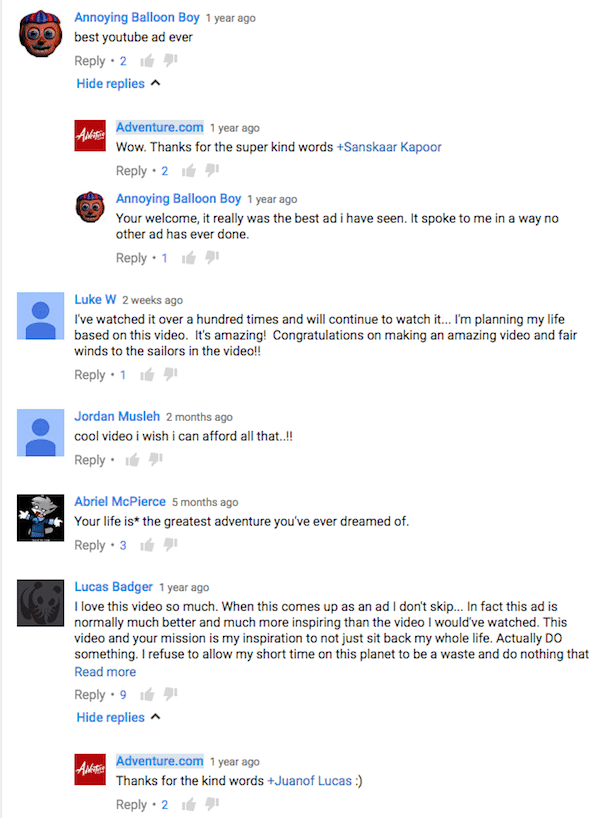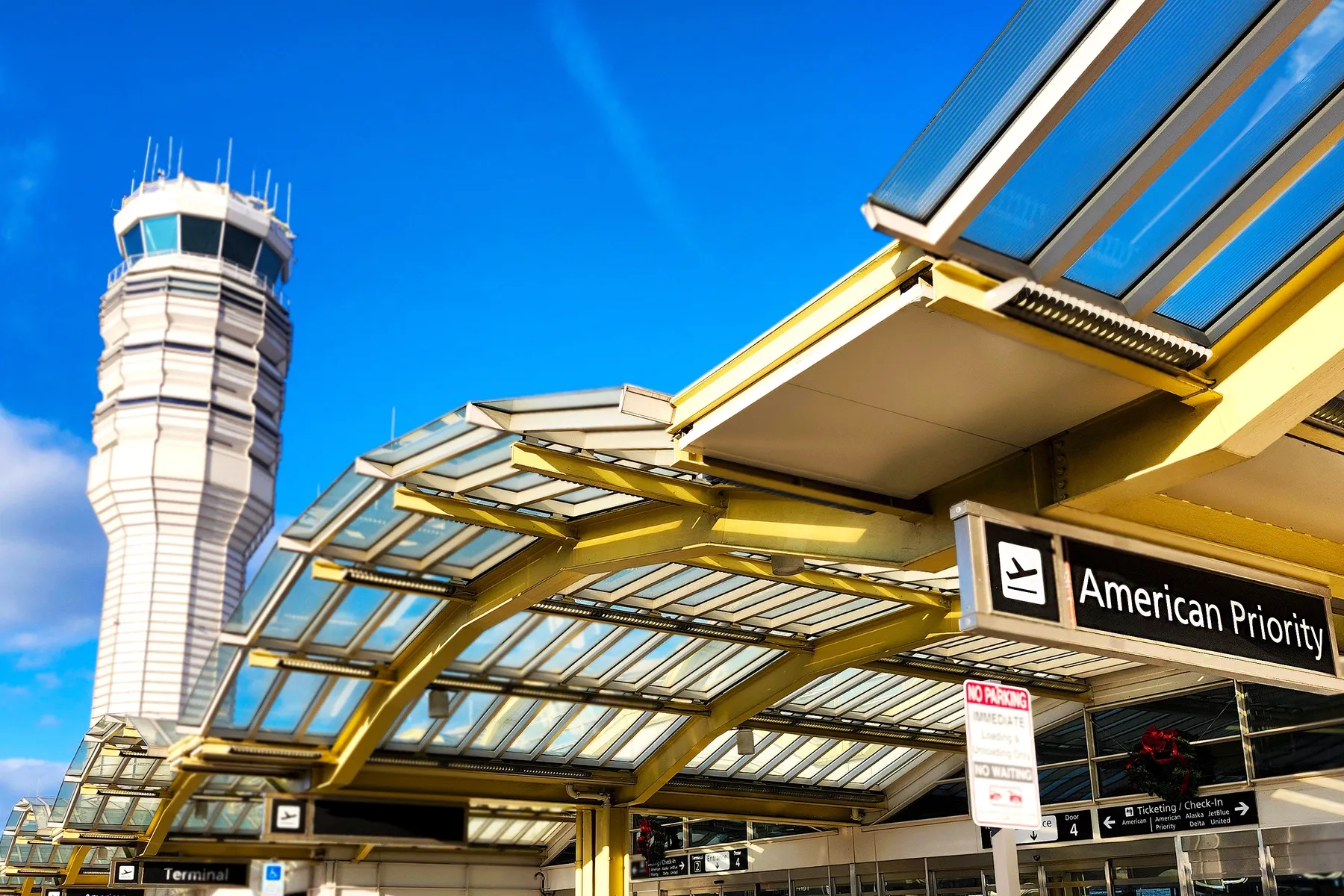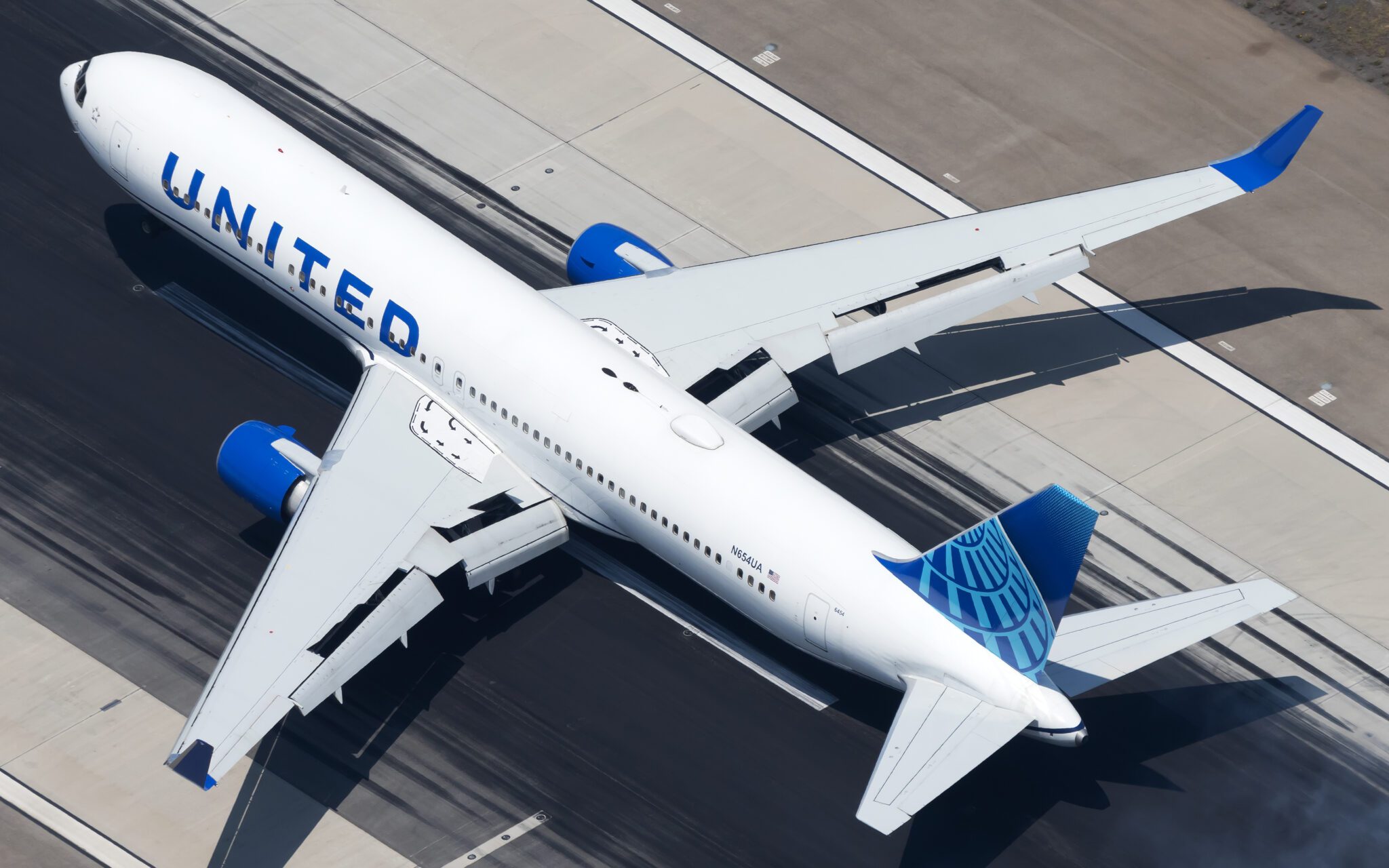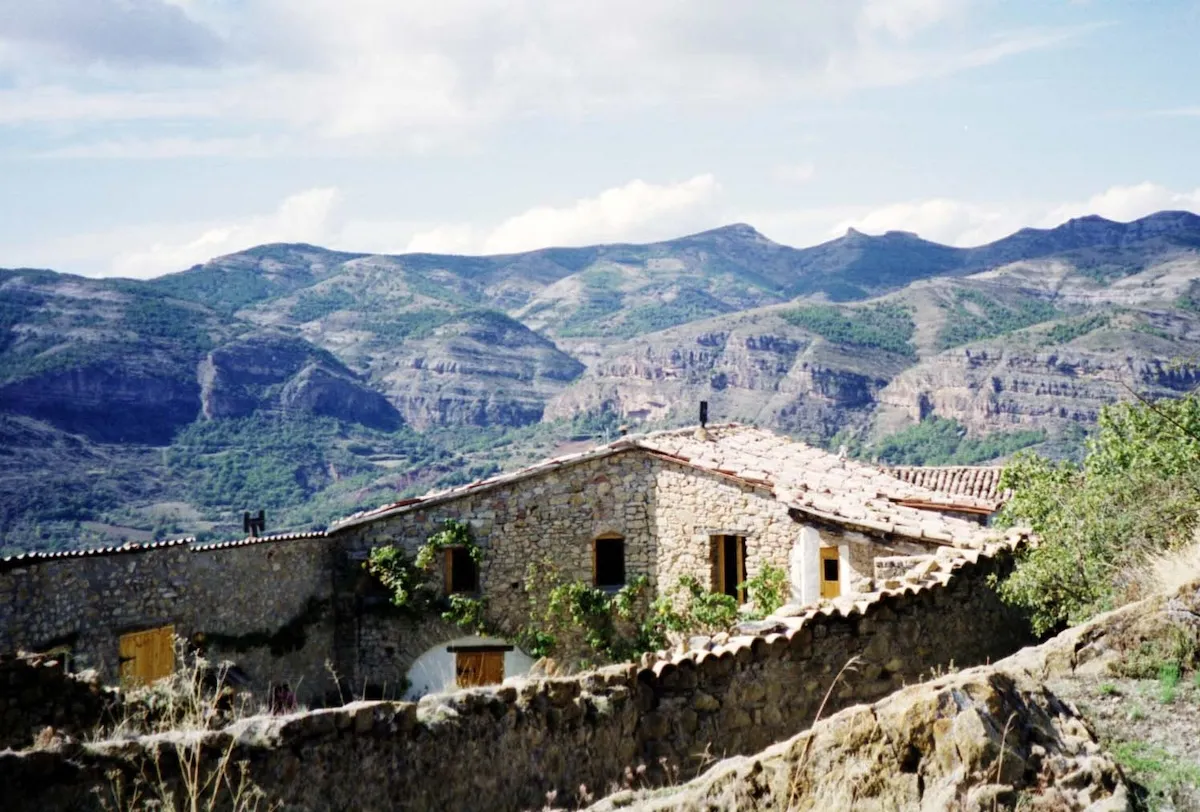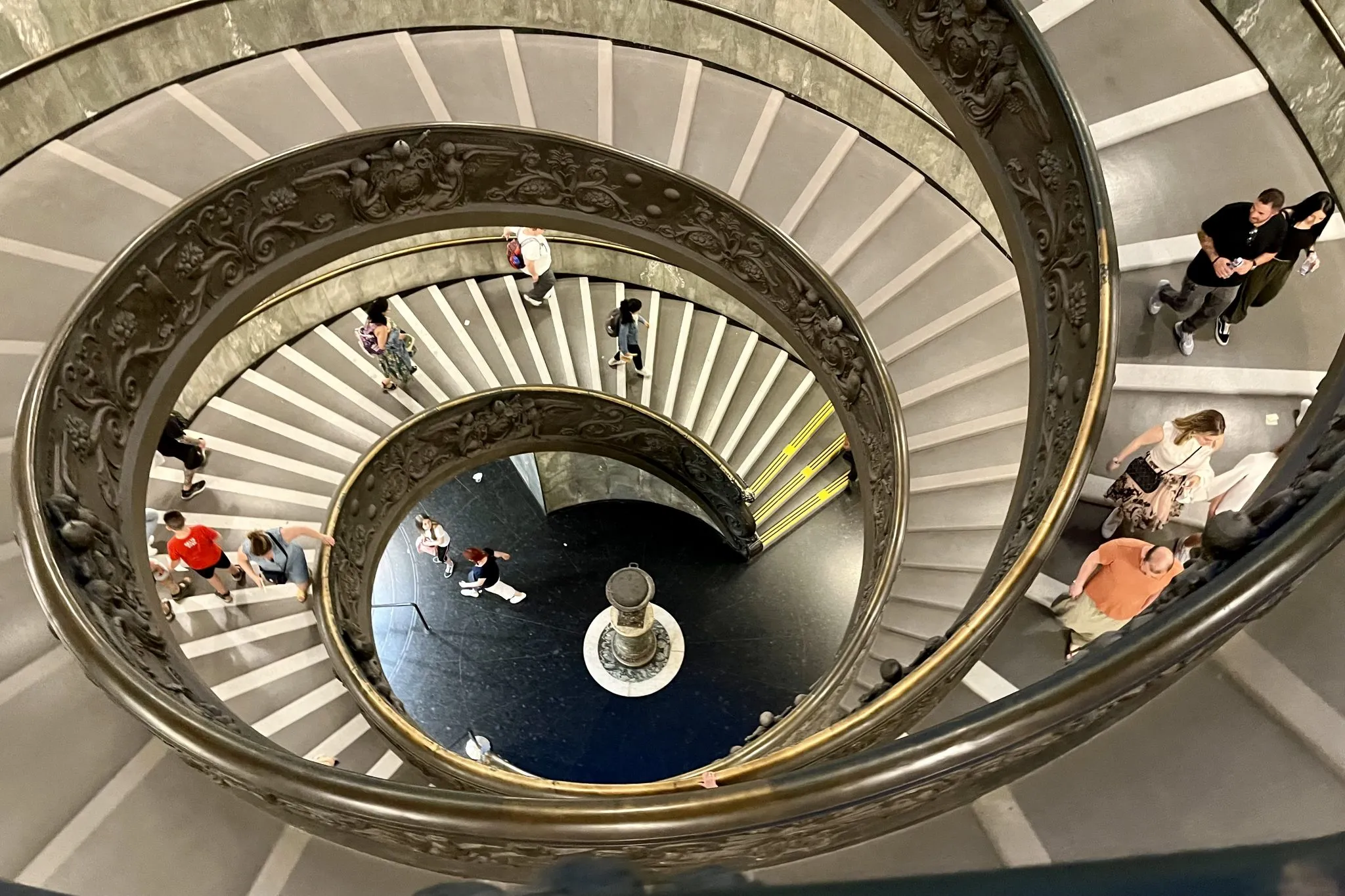Adventure.com Failed But What Did It Do Right and Wrong?
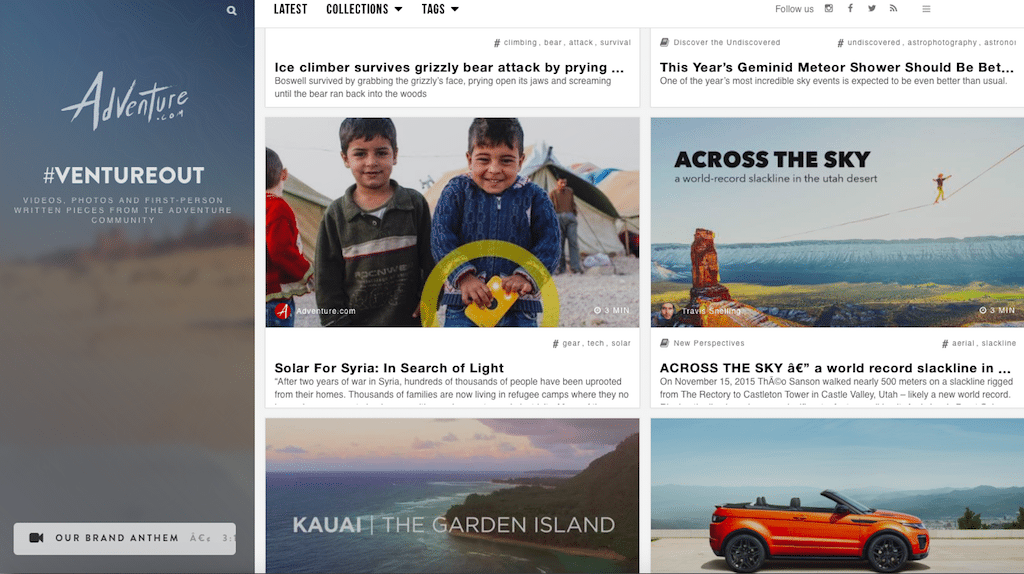
Skift Take
Editor's Note: Travis Snelling is the co-founder of Adventure.com. This post originally appeared on Medium and we are reprinting it, with his permission, to highlight the complexities of beginning and operating a tours and activities startup.
"So, what happened to Adventure.com, anyway?” is a question I get asked regularly. Well, we failed.
I don’t talk about it much — I’d rather internalize our successes and mistakes and move on to the next challenge — but I’m hoping someone out there might benefit from the insights of why a startup with a seemingly great idea, talented team and good execution just couldn’t break through and make it work. Plus I think it’ll be cathartic for me to get closure on this chapter in my life. So here goes.
Background
Adventure.com was a peer-to-peer marketplace for tours and activities. Kinda like the Airbnb of adventure, if I had to make a comparison. People could find and book unique experiences directly with vetted tour guides, outfitters and other locals around the world instead of through a large company. People like this idea because large tour companies are often more expensive while being less personal, less flexible and less authentic.
With us, customers got personalized, authentic local experiences at fair prices. Our adventure providers got the freedom to be their own boss, set their own prices and schedules while earning money doing what they love. Plus, the money our adventure providers earned directly benefitted them, their families and their communities instead of the majority of proceeds leaving the country to wherever the tour company they work for is based.
Helping people around the world build their own business to support their families while connecting people with new friends, destinations and experiences was a huge honour our whole team took very seriously.
I was one of the co-founders and mostly responsible for product development, brand & digital but also anything else I could lend a hand with. We were just a small team of 6 people with the help of some part time agencies and contractors, so we all rolled our sleeves up.
We were online and active for just about 1 year, though the marketplace was only active for the last 6 months of that year. For the first 6 months we were mostly a content publisher and brand magazine for our parent company, focused on building an engaged community around the idea that adventure is not any particular activity but a way of life. We introduced the marketplace after extensive customer profiling, market research and once we’d built up an engaged audience of adventure enthusiasts.
Adventure.com was, and still is, wholly owned by Intrepid Travel, one of the largest small group adventure tour companies in the world.
Some of what we got right
There were a lot of positive signals indicating we were on the right track.
- We built a killer team and were receiving an average of 3–5 unsolicited job applications per day from talented people around the world who loved what we were doing
- Nearly 1,000 adventure providers signed up within 5 months
- Thousands of inquiries from travellers looking to book adventures
- Customer surveys indicating that over 70% of our audience wanted to book directly with a local instead of with a large company
- Roughly $50,000 in gross revenue booked through the marketplace within 3 months of launching
- Large partnerships with brands like Land Rover, DJI and Ontario Tourism for sponsored adventures & native advertising campaigns resulting in over $250,000 in revenue
- Highly engaged Facebook, Twitter and Instagram followings of 300,000+ fans who deeply identified with our brand ethos
- Around 10,000 active email subscribers
- Lots of positive praise for our attention to user experience and design (ps. design matters.)
We also released a brand anthem that was more about what we stood for than what we did. The video received over half a million views and an overwhelmingly positive reception from fans and outlets like Outside Magazine, Skift and more. Watch below:
(Normally the comments section below a Youtube video is a depressing wasteland where nothing good lives but just read some of the comments on our video for a sample of some of the positive vibes we were getting)
Then, Everything Changed.
After about 9 months of being online and generating some modest revenue, we learned that Intrepid would be splitting from their parent company in the coming months. The split was a good move for Intrepid to become an independently owned company again, but it also meant times would be tight and they wouldn’t have much spare cash in the short term to continue funding our little experimental startup. Especially since, y’know, we were basically competing with their core business of being a large tour company. Serious props to Intrepid for even taking the chance and funding us in the first place.
Our remaining budget was frozen and we were given just under 3 months to A) slow our cash burn rate and become financially self sufficient or B) secure external funding. Otherwise Intrepid would pull the plug for good.
The only real cost once our budget was frozen was our team, so unfortunately we were forced to make cuts. The kicker was that due to non-disclosure agreements about the corporate demerger we couldn’t actually tell our team the real reason we couldn’t keep them on. This was the worst part of my entire time with Adventure.com and a bit of a low point in my life, actually. People who’ve worked with me know how my teammates’ personal & professional well being is much more important to me than my need for them to like me, so this part was really tough to deal with.
Tick, Tock.
We needed to decide: Do we put all remaining hands on deck toward bringing in more advertising partnerships while also driving more traffic and bookings in order to become profitable? Or do we focus our energy on the potentially lengthy and involved process of pitching VCs for further investment? The answer was a combination of the two, and it resulted in a lot of sleepless nights.
Fortunately in the months to come we would successfully land a couple lucrative advertising/sponsored content partnerships and marketplace bookings which would help tip the balance of cashflow in our favour.
Becoming profitable was an impressive feat, but we couldn’t sit back and rest. We needed to make sure we were delivering on those partnerships while also grinding the VC game. The clock was ticking.
Asking for Money Really Sucks
I don’t come from the venture funding world and I’m far from an MBA graduate, but luckily we had a few trusted advisors who knew a bit about the process and were kind enough to guide us through it.
We put together a solid pitch deck and started a list of every venture capitalist and angel investor who made strategic sense to pitch. We spent countless hours trawling Linkedin and AngelList, researching nearly every investor who’s ever helped create/fund companies like Airbnb, Google, Linkedin, Uber, Lyft and other consumer marketplace brands. We then narrowed our focus on the investors who we felt could best help us and who could benefit most from being involved with us before making moves to get introductions and meetings by way of mutual connections, cold emailing and any other form of communication to get through to them.
Being new to this whole process, personally I was surprised at how receptive most investors were once I’d had a chance to introduce myself. Every pitch was positively received and there seemed like a few with legit interest. It was hard not to get my hopes up on more than one occasion.
Ultimately though the consensus was unanimous amongst many of the investors I spoke with:
- It was going to take too much time & money to scale.
- The customer’s purchase frequency is too long.
- Travel is a difficult space.
We Did't Have Enough Traction Yet
Time’s up.
Despite our best efforts, we struck out securing venture capital. It was now up to Intrepid to decide whether our recent hustle to generate more revenue and become profitable was promising enough for them to keep the company running.
Unfortunately they decided it wasn’t worth the risk to them.
So after approximately 1 year online we disbanded the rest of the team and put the site into a sort of “maintenance mode” (as it still is today). The Adventure.com experiment was over. I stayed on for another 6 months or so as a sort of custodian of the brand, ensuring advertiser obligations were being met and partners were getting their value, but have since moved on as well.
Why we Failed
The reasons why we failed can be summed up pretty easily
- We failed to get enough traction to validate our business model
- We failed to generate enough revenue to be self-sustaining
- We failed to secure outside funding to keep the dream alive
Sure it didn’t help that our funding was cut or that we were forced to scale back our team and efforts, but that or any other external factor is not why we failed. I firmly believe that if we had more time and money things would have been much different, but the same can be said about pretty much anything. Quite simply, we failed to make a strong enough case for our funding to not get cut in the first place.
Traction
Traction isn’t just about revenue, but it’s a big part of it. Traction is also product usage/traffic, signups, engagement, positive customer/user feedback and all other signals that show proof of interest in your product.
While we had a lot of positive traction signals, we just didn’t achieve the kind of explosive growth to really demonstrate the kind of strong momentum that turns heads.
Revenue
A business needs revenue to survive. It’s fuel and we just weren’t generating enough of it to extend our runway.
While we were methodical about managing our cash burn rate, when our budget was frozen we found it impossible to generate enough revenue to become consistently profitable.
This was due in large part to the gamble we took on the marketplace. Our service fee was 20%, which was relatively high compared to some competitors in the space, but we felt it was justified since every one of our providers said our technology and service were far and away better value than any of our competitors. Unfortunately though we didn’t have enough booking volume where 20% would be enough to run a business on.
Our other revenue streams were custom FIT travel planning (we had a professional travel planner on staff who built higher end custom tours for clients) and advertising/sponsored content.
Further Funding
Partly due to inexperience, partly due to lack of the right connections but mostly due to the reason outlined by investors above: we just didn’t have enough traction yet.
Despite having a great pitch deck and making some good inroads with investors in Silicon Valley, New York, Toronto and Montreal we just couldn’t convince anyone that we had a strong enough business plan, financial model and existing infrastructure to invest in us.
Lessons Learned
Of course I learned a lot through the ups and downs. And of course if I had the opportunity all over again there are some things I’d do differently, but that’s not to say I regret any of it. I still believe we made the best decisions at the time for the situations we were in.
In any moment of decision, the best thing you can do is the right thing, the next best thing is the wrong thing, and the worst thing you can do is nothing.
Theodore Roosevelt
That said, here are some specific instances where, with the magic of hindsight, things may have gone differently if we zigged instead of zagged:
- Focus our adventure provider recruitment strategy even more on specific geographic regions where our visitors are/want to go and then deliver maximum value to those providers and customers
- Recruit more providers for simple, inexpensive day activities (like standup paddleboarding, climbing, mountain biking, etc.) in those key geographic regions to enable easier bookings instead of the longer, more involved purchase cycle of multi-day tours in different countries
- Experiment with different pricing models to see which had the best fit for our business and our providers. We charged a 20% service fee to providers and, looking back, it would’ve been interesting to have tested a variable structure tied to performance based incentives (ie. 20% base service fee then drop to 10% after their first 10 bookings or if they maintained a 5-star rating)
- Make it easier for our providers to build itineraries and share them on their social networks to spread the word — by and large the majority of marketplace bookings came from existing connections in a provider’s network where we just helped facilitate the transaction and manage the communications
- Have a better feedback loop with customers to continuously guage what types of adventures they were interested in and react accordingly
- Reallocate some marketing/brand building spend toward product development for a faster development and iteration cycle
- Narrow our focus earlier. It wasn’t until we pivoted to the marketplace model that we went all-in on one consistent message. Up until then we were experimenting with multiple products and messages
- Start the process of seeking VC much sooner when the possibility of a corporate demerger first seemed plausible and we realized we’d need additional funds to scale
Closing This Chapter
This has been an amazing journey for me, both personally and professionally. We may not have accomplished everything we wanted to, but we gave it our best and had a lot of fun in the process. It’s incredibly rewarding to know that we helped inspire hundreds of thousands of people and that we were responsible for a positive little dent in the lives of the customers and providers we were fortunate enough to work with during our short time in business.
Thanks Cyndi, Andrew, Chad, Tom & Chez. Thanks to our developer Brian. Thanks Arnold, Brent, Jess @ Digital Telepathy; Gary, Courtney @ ISMCP and Renan @ Camp4 Collective. I’m forever grateful to have had the opportunity to work with you all. Thanks to my wife Sherrai and to the wives, partners and families of our team for being supportive when things got tense and especially for being there for us when the shit hit the fan. Thanks to Darrell, James and the rest of the exec team at Intrepid for having the vision to support us in the beginning. And of course thank you to all of the 300,000+ fans who embraced our brand and the hundreds of adventure providers and customers who gave us the chance to help them venture out and live a life of adventure.
It was an awesome ride that I’m disappointed had to end, but I’m truly honoured just to have been part of it in the first place. I’m also excited about what opportunities lay ahead. If you’re working on something interesting and need some help, let’s talk!
You can find me on LinkedIn or at TravisSnelling.com.

